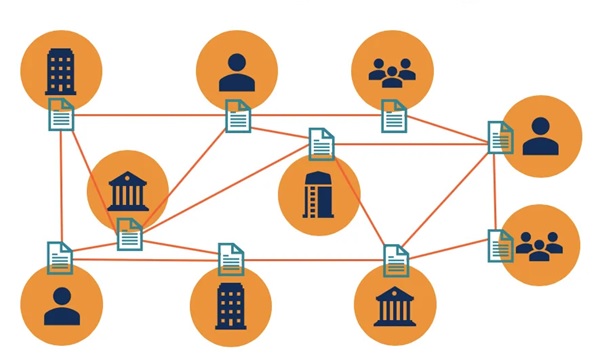The Future of DARQ
The DARQ technology market generated a revenue of $640 million in 2019, according to the “DARQ Technology Market Forecast (2021 – 2026)” report from market-research consultancy IndustryARC. And between 2020 and 2025, [1] the research projected a compound annual growth rate (CAGR) of 16.5 percent. The future of darq is shown in figure 1.

Figure 1: The Future is DARQ but Bright
“Artificial intelligence, a part of DARQ technology, has the highest market growth due to its wider applications adoption,” the report explained. “AI Technology is associated with human intelligence with similar characteristics such as language comprehension, reasoning, learning, problem-solving, and so on. Moreover, technological advancements lead to wider application of DARQ, thereby boosting the market growth.”
Collectively, moreover, DARQ technologies will power the innovations and opportunities uniquely associated with the coming post-digital era, according to a paper from the International Journal of Engineering Research & Technology. “As the business landscape transitions into a combination of digital natives and businesses well into their digital transformations, DARQ is the key that will open unimagined new pathways into the future,” the paper’s authors from the Indian Institute of Information Technology and Management stated.
And as was the case with SMAC, when a set of powerful technologies converge, they can induce significant transformation. But as was the case with SMAC, there is a risk of waiting too long to capitalise on this transformational power. Accenture noted that many businesses ignored SMAC until they were forced to continuously play catch-up with digital-first businesses. “Whether lowering the cost of care, improving labor productivity or enabling better experiences for consumers and partners, regardless of training or intent, DARQ potential runs deep.
Artificial intelligence (AI) and its constellation of technologies are front and centre in producing technology-driven business and customer interactions more efficiently, [2] faster, and at lower costs.
In the digital age, disruption is not an exception, but a norm. Everything already is, or is becoming digital. Data is everything and everywhere – how we communicate, learn, spend, work, and even elect governments.
The digital playing field will eventually even out as more businesses unlock newer benefits of digital business models and processes. As we enter the post-digital age, the game changer will be a new technology stack– DARQ.
DARQ is likely to have a game-changing effect. When similar technologies have come together in the past at such a rapid pace, they’ve been a catalyst for transformation across many industries, positively forcing evolution for countless businesses.
“Eighty-nine percent of businesses are currently experimenting with one or more DARQ technologies, expecting them to be key differentiators, [3] and are substantially increasing their DARQ investments.”
For businesses to thrive, they must be adaptive to change and embrace new technology. The current tech trajectory means digitalization is no longer enough for companies to have the competitive advantage as most businesses have had no choice but to go digital to avoid staying behind. At least one or two elements of DARQ tech will likely be adopted across many workplaces and industries to differentiate themselves from their competitors. The key will be in how to best leverage the technology to not only increase their own internal performance but also in a way that offers an elite experience to their customers. The capacity to transform capabilities around maximum security, personalised experiences and advanced problem-solving lies within DARQ tech and it will be exciting to see how they all come to life in the near future.
References:
- https://internationalbanker.com/technology/does-a-darq-future-await-the-world/
- https://www.linkedin.com/pulse/future-darq-bright-sumit-sood
- https://www.peoplebank.com.hk/blog/2021/04/what-is-darq-technology-and-how-will-it-impact-our-future
Cite this article:
Vinotha D (2021) The DARQ Technology in the Current World, AnaTechmaz, pp 6






